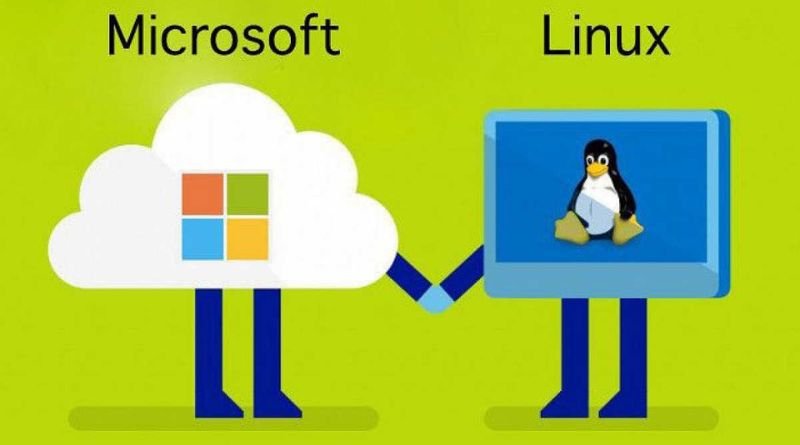Everything You Need to Know About Microsoft’s Plans for Linux

Microsoft has been using Linux in Azure, and it’s been contributing to the Linux kernel at an increasing rate over the past few years. Microsoft even just released a private beta of its new Azure Sphere OS that’s based on open source software and Linux! So what’s going on? Why is Microsoft embracing open source like never before? Let’s take a look at Microsoft’s plans for Linux, from their use of the operating system to their commitment to contribute more than ever before to the Linux kernel and other open source projects.
Is Microsoft really investing in Linux?
Yes, Microsoft is really investing in Linux. Here’s what you need to know about its plans for open source. Microsoft wants people to have more choice when it comes to their operating system. The company has not only been porting Windows 10 over to run on the Linux kernel (although it hasn’t been without some issues), but it also partnered with Canonical, the company behind Ubuntu, to bring Ubuntu and Bash shell access as a Windows 10 feature.
It also launched an Azure Sphere OS designed specifically for IoT devices running on Linux-based operating systems. With so many different efforts being put into getting developers up and running on new operating systems and programming languages, it makes sense that they would want people to have an alternative option with their computers as well—even if they’re not doing anything new in the space right now.
How is Microsoft trying to improve Windows Server using Windows Subsystem for Linux (WSL)?
Microsoft is constantly trying to improve the Windows Server operating system, and one of the ways they’re doing that is by developing the Windows Subsystem for Linux (WSL). WSL allows users to run native Linux binaries on Windows 10 without the need for a virtual machine. This means that you can now use popular Linux tools like Bash,sed, grep, and awk right from your Windows machine. Plus, with WSL, you can also install and run multiple distributions of Linux side-by-side. If you want to try something different, there’s no need to re-install your system–just fire up another distribution in seconds. And yes, I did say distribution. Unlike what some people might think, WSL doesn’t just support Ubuntu. In fact, it supports most major distributions including Debian and Fedora.
How will the Windows Subsystem for Linux help .NET developers build on and consume open source software solutions more easily than before?
The Windows Subsystem for Linux (WSL) allows developers to run a full Linux environment directly on Windows, unmodified and without the need for a virtual machine. This means that developers can now easily build and consume open source software solutions on Windows without having to dual-boot or use a virtual machine. Additionally, the WSL provides access to the Windows API and enables developers to call into Windows libraries from their Linux applications.
Why did Microsoft create new tools such as Visual Studio Code, and VS Code extensions such as Bash and Linux, that are targeted at developer productivity when working with WSL or Ubuntu on Windows 10?
Microsoft’s interest in Linux is two-fold. First, the company wants to ensure that its own products and services are compatible with the open-source operating system. Second, Microsoft sees an opportunity to build bridges between its products and the large community of developers who work with Linux. Developers can use Visual Studio Code or VS Code extensions such as Bash and Linux on Windows 10, to code with whatever programming language they prefer. As a result, it has become easier for them to contribute their work back into the open source world. In some cases, developers have even used VS Code extensions such as Git Bash on Windows 10 or XAMPP on Windows 10 to develop server applications without needing to switch over to a Mac OSX or Unix-based environment
What does this mean for enterprise customers already running workloads on non-Microsoft platforms like Red Hat Enterprise Linux (RHEL) or SUSE Enterprise Server (SUSE)?
For enterprise customers already running workloads on non-Microsoft platforms, this could mean a number of things. First, Microsoft may be looking to bring some of these customers over to its own Azure cloud platform. Second, it could simply be trying to make life easier for enterprises that use a mix of Microsoft and non-Microsoft products. Third, by embracing Linux, Microsoft may be hoping to increase its market share in the enterprise.



